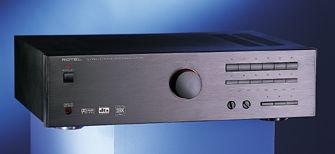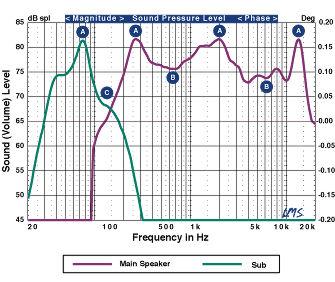|
Jan 31, 2001 |
First Published: Feb 01, 2001 |
|
Jan 18, 2001 |
First Published: Jan 19, 2001 |
|
Nov 29, 2000 |
First Published: Nov 30, 2000 |
|
Oct 27, 2000 |
First Published: Oct 28, 2000 |













